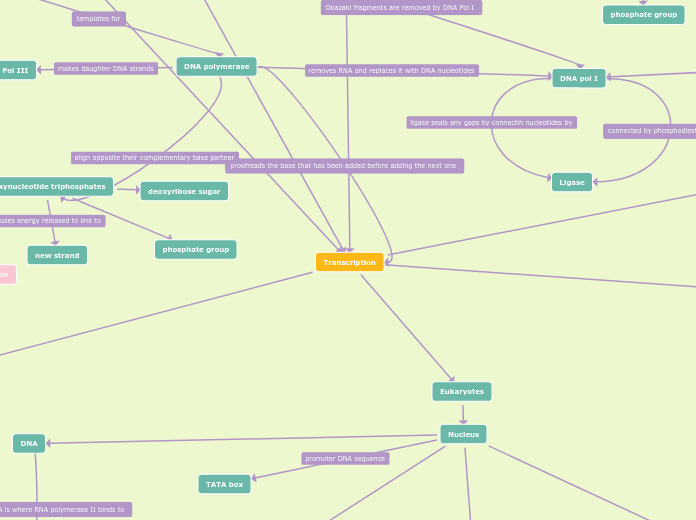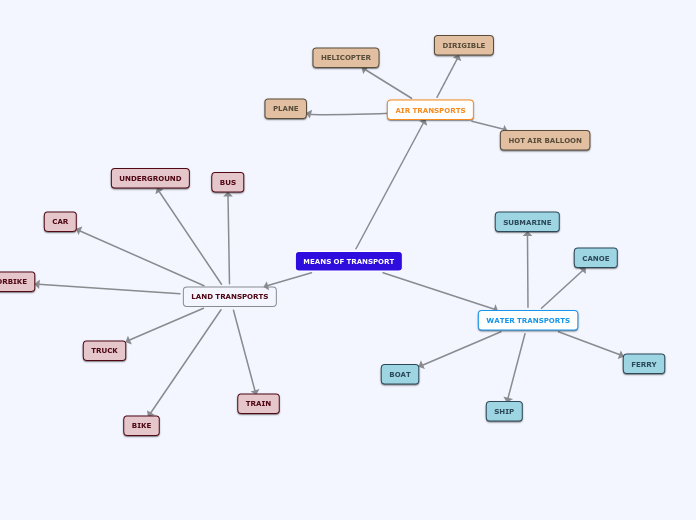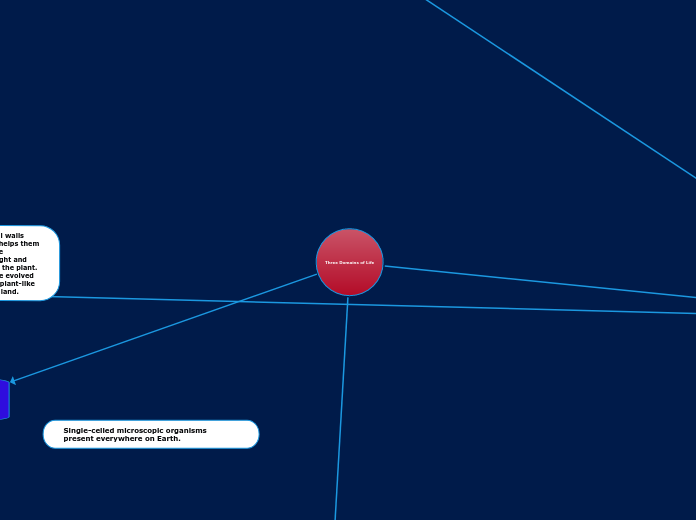Endomembrane system
ATP
Dimer
chromosomes
Bacteria
contains
capsule
Ribosomes
flagella
ORI
DNA polymerase
DNA pol I
Ligase
DNA Pol III
deoxynucleotide triphosphates
new strand
deoxyribose sugar
DNA Replication
Single-stranded binding
RNA primer
Topoisomerase
helicase
Lagging strand
polynucleotide strand
intermediate filaments
microfilaments
microtubules
tubulin
Actin filaments
myosin
Actin
dimers
protofilaments
polypeptide subunits
Switch On/off
Downstream
Upstream
G Proteins
Protein Kinase
increased Cell Division
Ras Protein
Protein Kinases
Normal Cell Division
Cellular response
cellular respiration
Eukaryotic cell organelles
Double membrane
crystalloid core
lysosomes
membrane
Glycosylated membrane transport proteins
lipid layer
hydrolytic enzyme mixture
outer membrane
intermembrane space
color codes:
- dark blue- eukaryotic cell
- pink - prokaryotic cells
inter membrane space
inner membrane
ATP synthase particles
cristae
matrix
granules
Cytoskeleton
filaments
Golgi apparatus
vesicle
trans face
cis face
cisternae
lumen
incoming transport
secretory
newly forming
ribosomes
Proteins
Membrane proteins
Integral Proteins
Transmembrane Protein
Peripheral proteins
Glycoproteins
Free ribosome
ER or Mitochondria, nucleus, peroxisomes, chloroplast, cytoplasm, or out the cell
nucleus
nuclear pores
nuclear envelope
chromatin
nucleoplasm
nucleolus
Endoplasmic reticulum
rough ER
smooth ER
plasma membrane
Facilitated diffusion
Osmosis (water)
Active transport
passive transport
phospholipid bilyar
lipid molecule
fatty acid
Glycerol backbone
phosphate group
unsaturated
trans-fatty acid
polyunsaturated
monounsaturated
saturated
Biosphere
Communities
populations
Organisms
Organs
Tissues
Cells
prokaryotic
Eukaryotic
plant
cell wall
vacuoles
cytoplasm
organelles
chloroplasts
photosynthesis
mitochondria
respiration
plasmodesmata
animal
Extracellular matrix
proteins and carbohydrates
Cell communication within tissue and tissue formation
cell membrane
made of proteins and lipids
tight junctions, desmosomes, and gap junctions
Cytosol
peroxisomes
Chlorplast
Mitochondria
Signal peptidase
RNA Polymerase
Free Ribosomes
enter the endomembrane system by going:
Rough ER
Protien folding
Glycoprotein
Golgi Apparatus
Lysosomes
out the cell to be used outside
preMRNA
RNA Polymerase II
separates 2 strands of DNA to join complementary RNA
tRNA
Mutations
Frameshift
Nonsense
Missense
Initiation of Translation
Aminoacyl-tRNA synthetases
Codon Recognition
Cell Communication/Signalling
Feedback regulation
Negative feedback
decreased gene expression
Positive feedback
increased gene expression
long distance
local
Reception
Transduction
Response
regulate activity of proteins causing/inhibiting gene expression
Turn on/off genes
Signaling Pathway
signal molecule
receptor protein
Tyrosine Kinase Receptor
Receptor tyrosine kinase proteins
Kinase
Signal Molecule
Tyrosines
Tyrosine kinase receptor
relay proteins
Transcription factors
Coding DNA for transcription of a specific gene
GPCR
First Messenger
G protein
INACTIVE= GDP BOUND
active= GTP BOUND
Adenyl Cyclase
cAMP (Secondary messenger)
Protein Kinase A
enzymes that transfer phosphate group from ATP to proteins
ATP- Adenosine Triphosphate
Cellular Response
Transcription
Eukaryotes
Nucleus
DNA
TATA box
meth=start codon
Prokaryotes
Cytoplasm
Initiation
F meth= start codon
Termination
mRNA
Translation
Elongation









